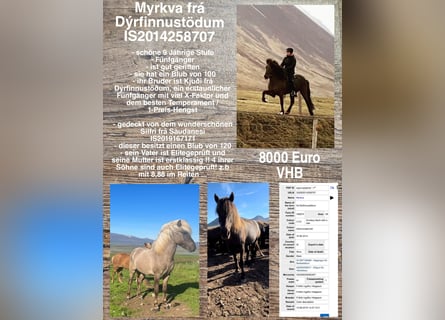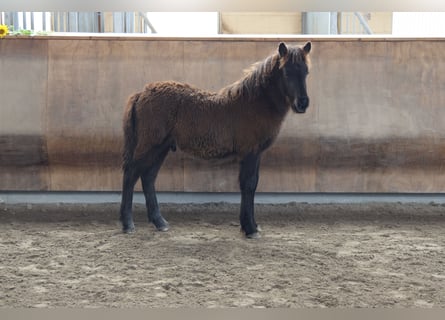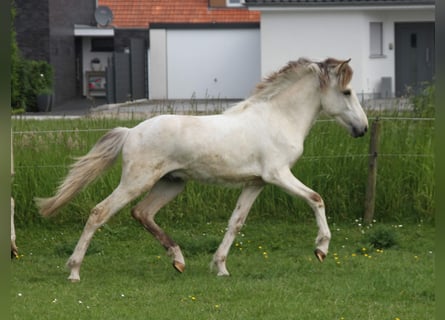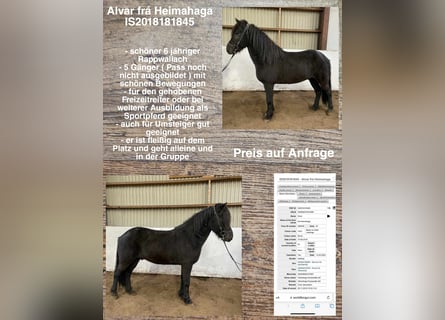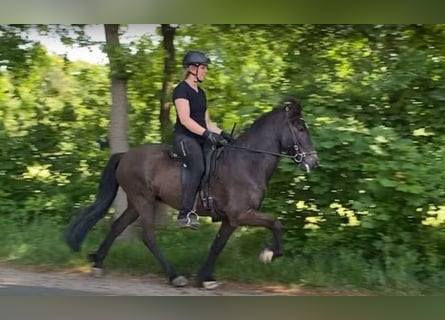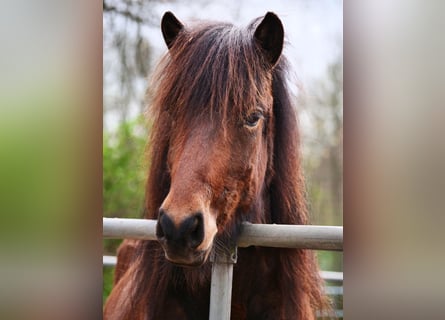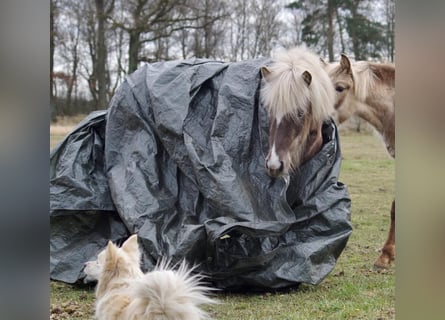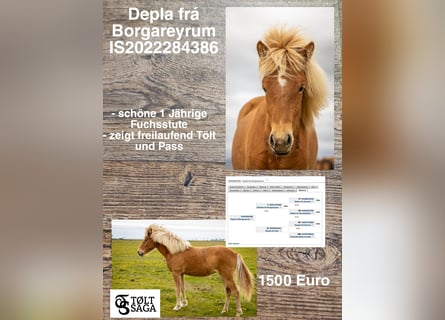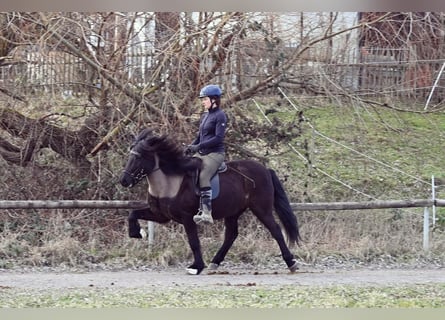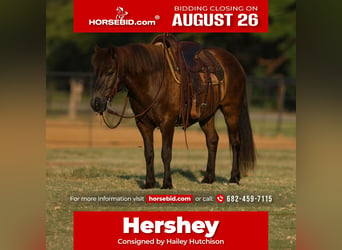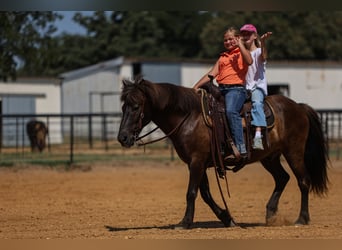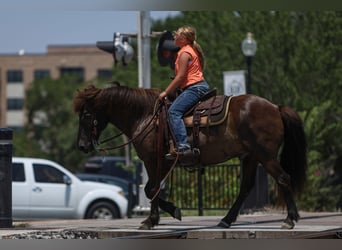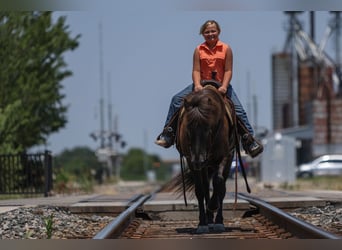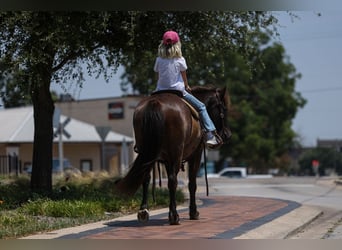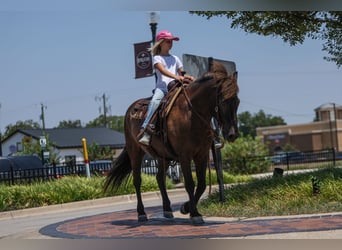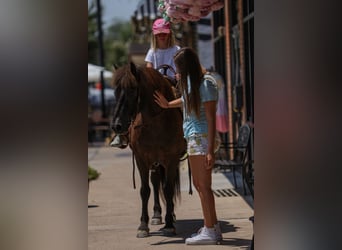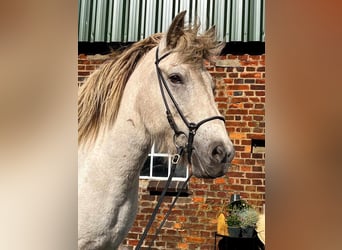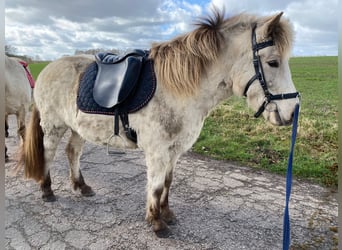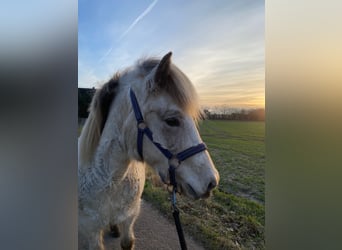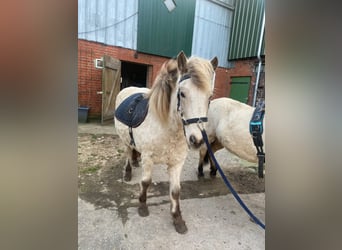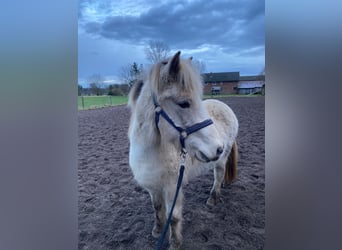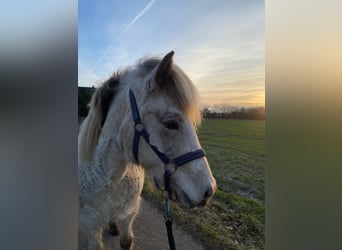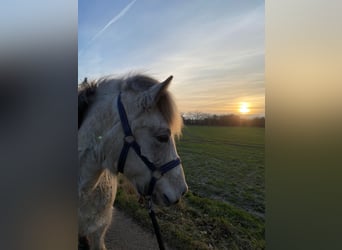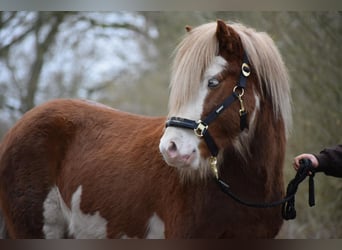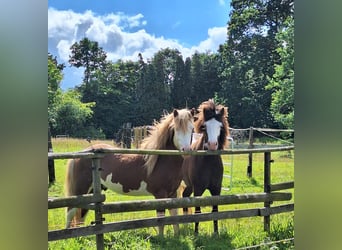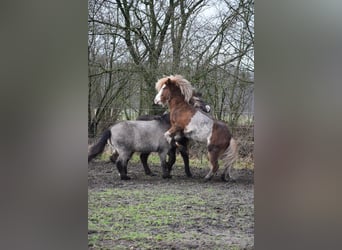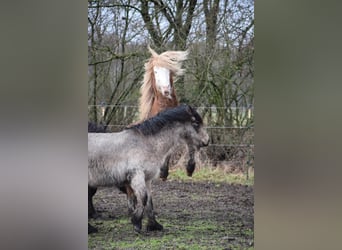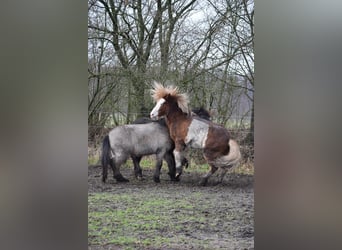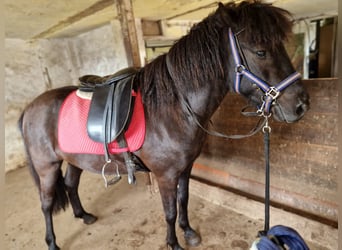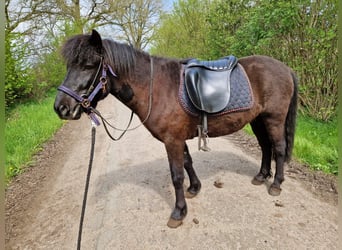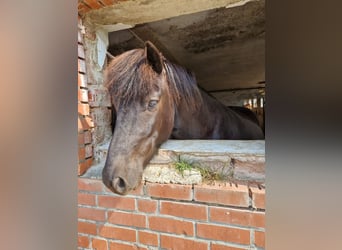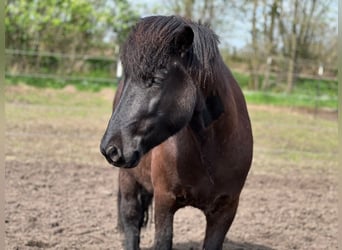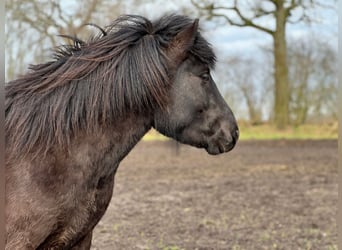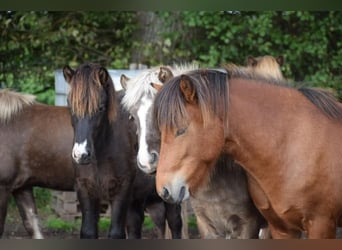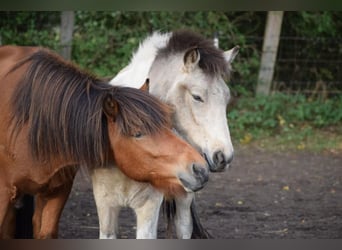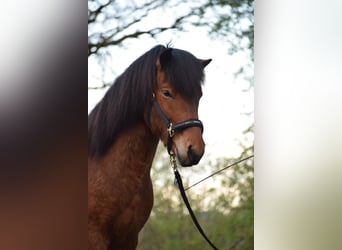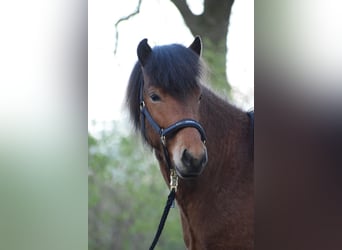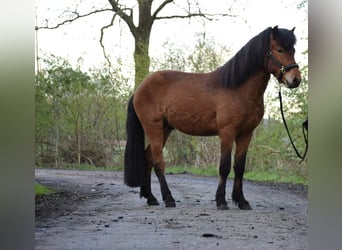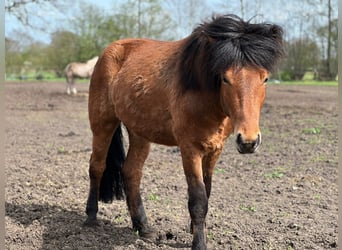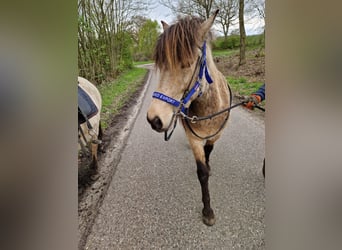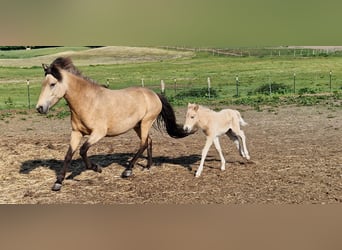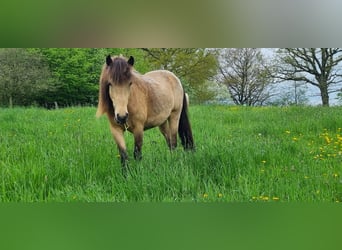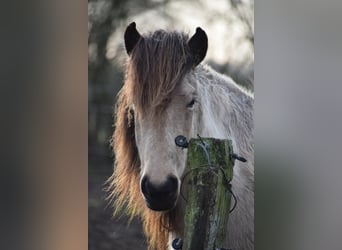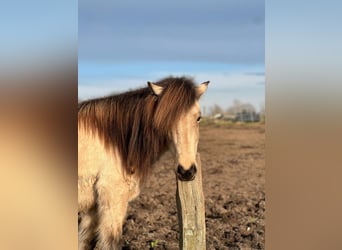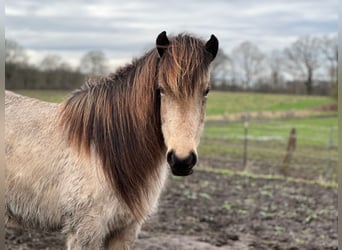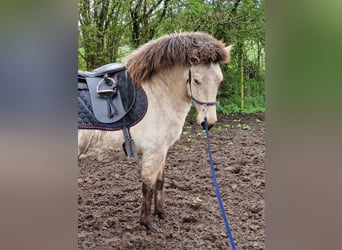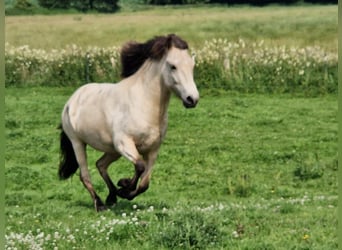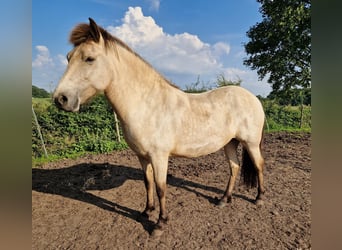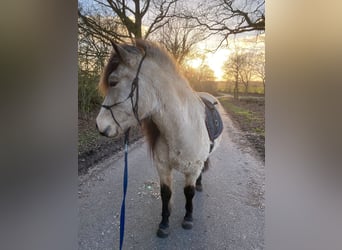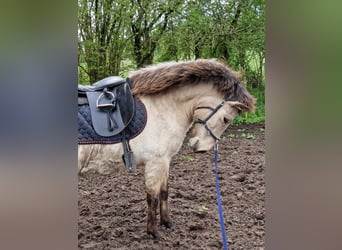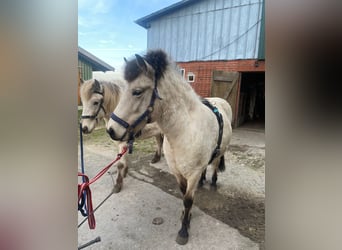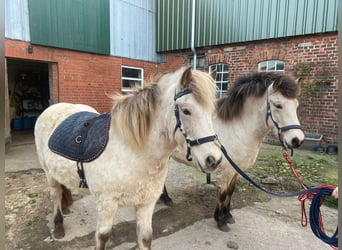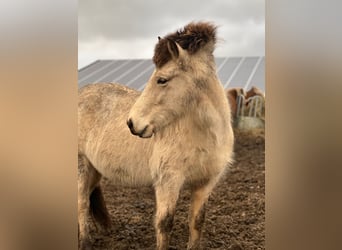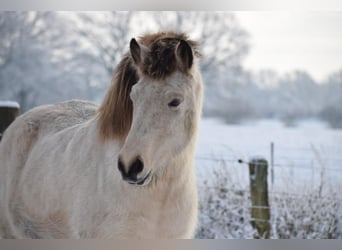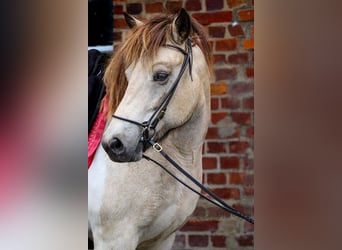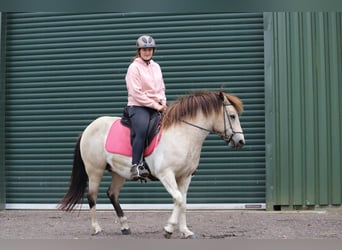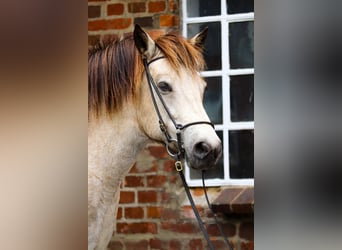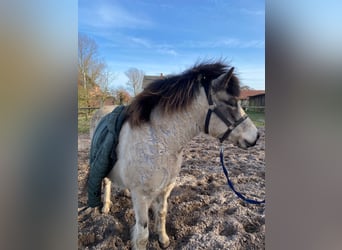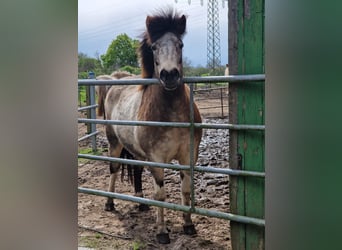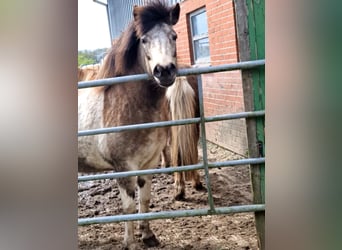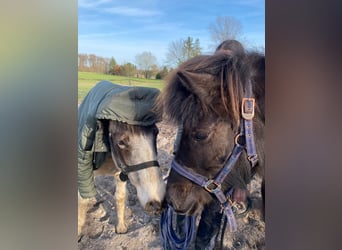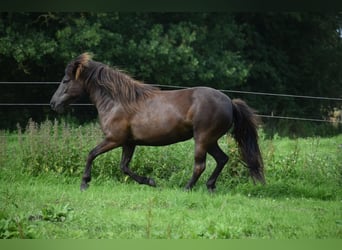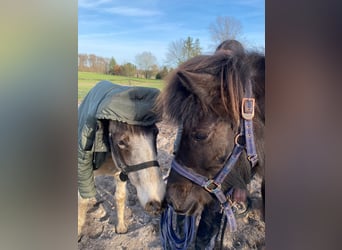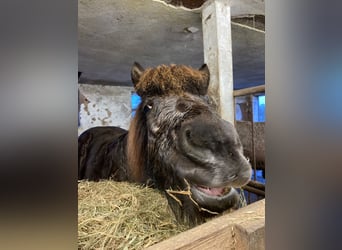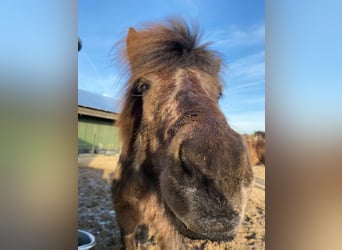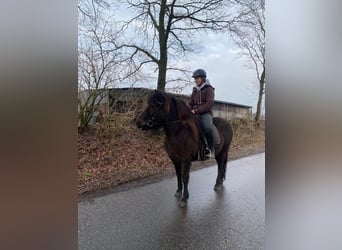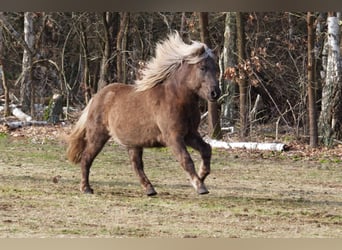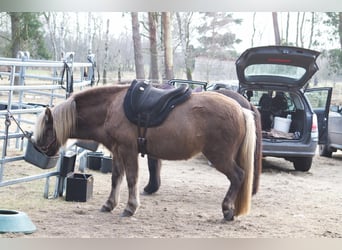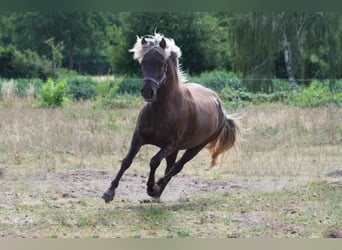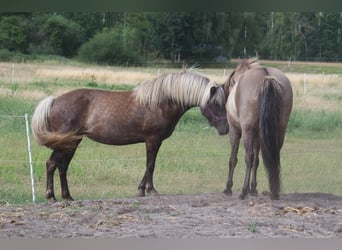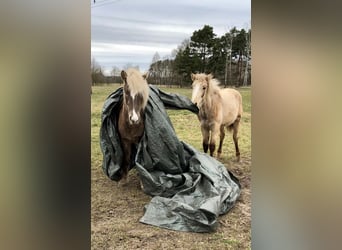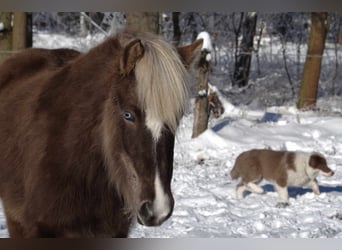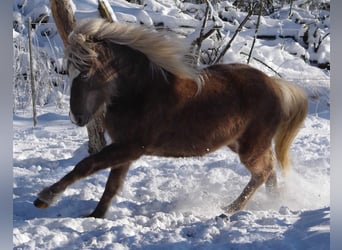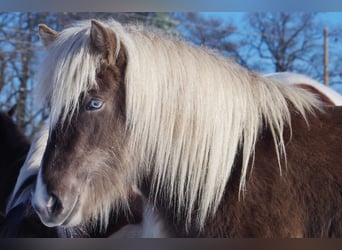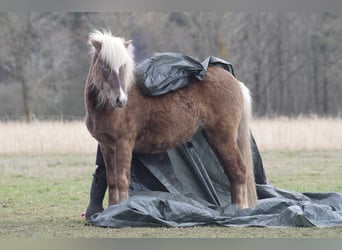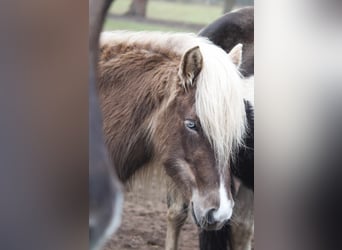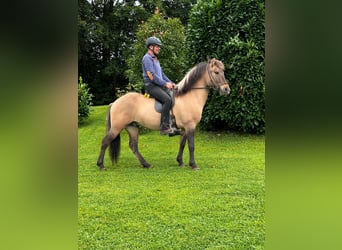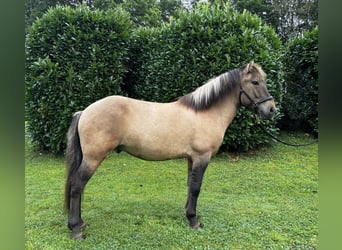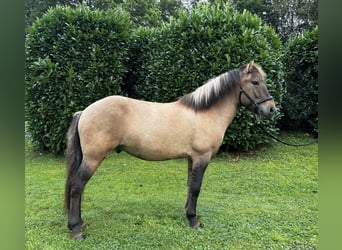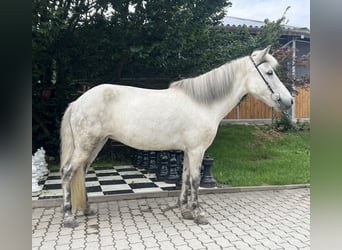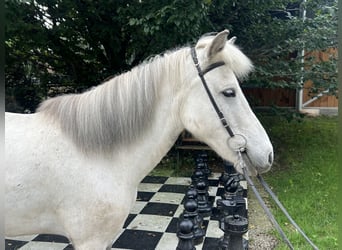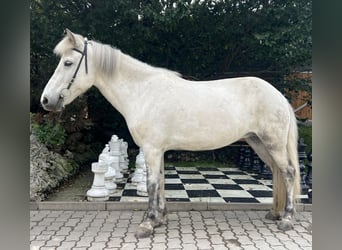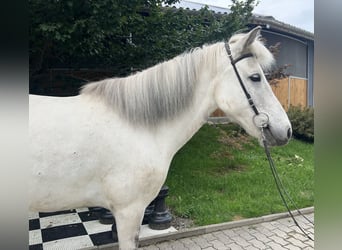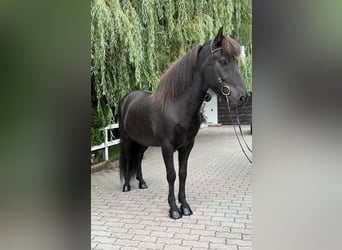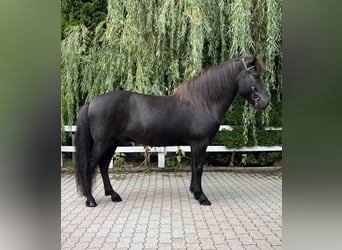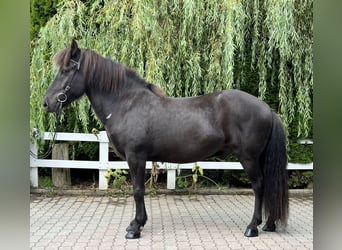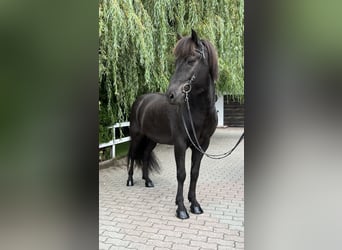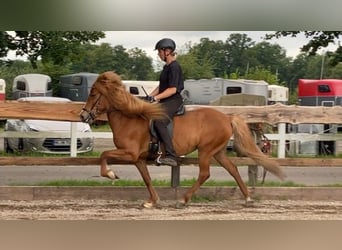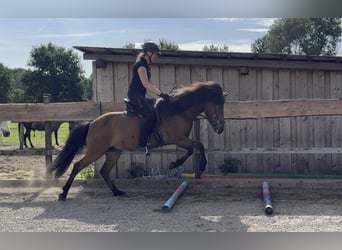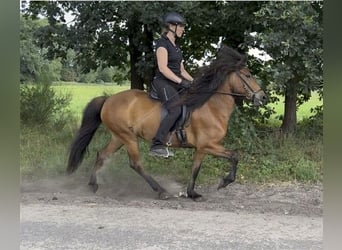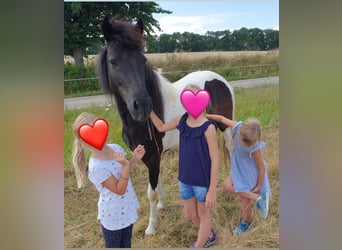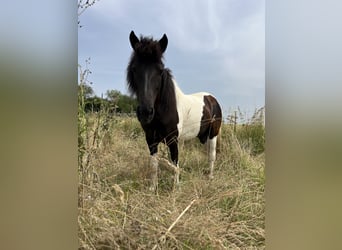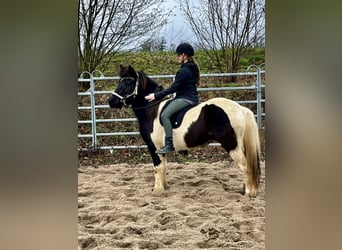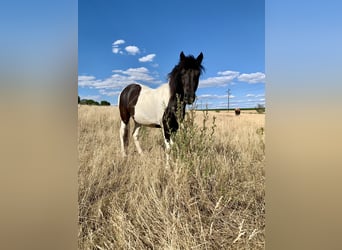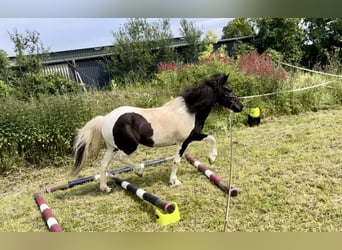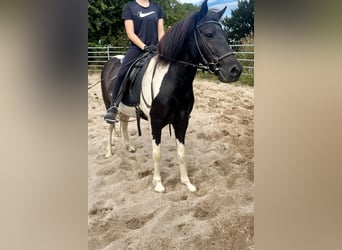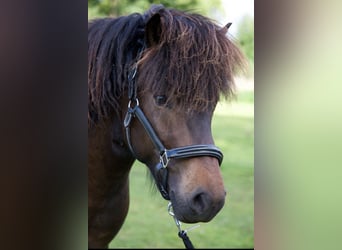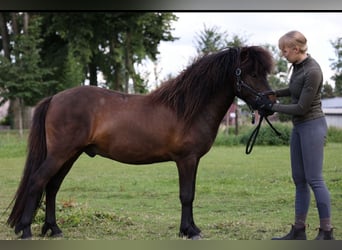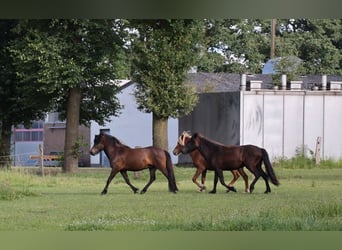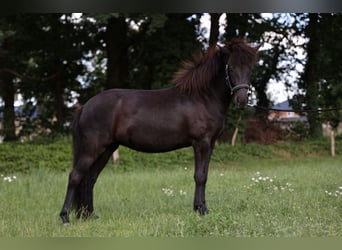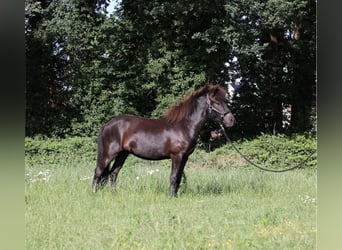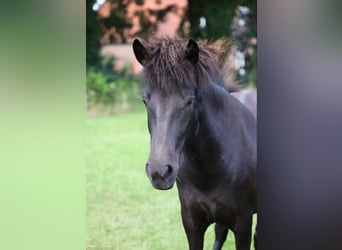IS
Icelandic horses for sale
Page-1-Ad
In addition, interested parties can directly see more information. This significantly increases the number of potential buyers.

US
DE
DE
DE
DE
DE
DE
DE
DE
DE
DE
DE
AT
AT
DE
DE
DE
DE
DE
DE
There’s something almost magical about Icelandic horses. It may be because they come from Iceland, reputed home of supernatural creatures such as trolls, elves and frost giants. Or perhaps it’s because these compact, small horses are determined to prove that they can do anything that a larger horse can – and more. Whatever the reason, the Icelandic horse has an enthusiastic following, and equestrians who buy an Icelandic horse will find they are starting out on a very special relationship. Modern Icelandics are the descendants of horses taken to Iceland by settlers from the 9th century CE onward. People who sell an Icelandic horse know these small, self-reliant animals are some of the oldest equine inhabitants of Northern Europe, and they have retained their unique qualities for centuries.
Origin and history of breeding Icelandic Horses
Icelandic horses have developed alongside the people who live on this volcanic island. The first settlers came mainly from Scandinavia, but also from Ireland and Scotland, where there were Norse and Gaelic populations. The horses they brought with them came from Britain, Ireland and Scandinavia. They share their DNA with Shetland ponies, Norwegian Fjord ponies and the ponies of the Faeroe Islands, among others. What is special about the Icelandic horses is that they have not been altered by other stock for centuries. They are a living time capsule from a thousand years ago. Traditionally they were used for riding, herding and pack work. Their stories are entwined with those of the Norse gods and heroes such as Odin, and today, many Icelandic horses are still named for characters in the sagas. Being small and hardy, as well as strong and easy to keep, many Icelandics were used in European coal mines in the 20th century. Today, they are an essential part of Iceland’s tourism.
Icelandic Horses in equestrianism
For centuries, the competitive Norsemen used their horses for tests of endurance and speed. Horse fights were also a sporting spectacle in the early days. Now the horses have a special role in taking trekkers through Iceland’s dramatic and beautiful scenery. The worldwide population of this popular breed is now greater than that on the island!
Use and characteristics of the Icelandic Horse
Icelandics are always described as small horses rather than ponies. They usually stand between 13 hands (52 inches/132 cm) and 14 hands (56 inches/ 142 cm) high. Smaller and taller examples of the breed exist, so there’s plenty of choice for anyone planning to buy an Icelandic horse. The range of coat colours is extensive, and a large herd of Icelandic horses on the move is a breathtaking sight. These charismatic semi-feral horses are an intrinsic part of the cultural life of Iceland. They have carried Viking warriors on their backs, and today breeders who sell an Icelandic are proud of the history in its genes. They are strong and hardy, with a double coat that keeps out the cold of an Icelandic winter. Icelandics are quite stocky, yet their legs are fine, giving them an elegant appearance as they move gracefully with their ground-covering strides. Best of all, Icelandics have a unique range of gaits, making them some of the most comfortable riding horses to ride in the world. Icelandics have the basic gaits of walk (fetgangur), trot (brokk) and canter or gallop (stökk). In addition, they can have the famous tölt, a lateral pace (where both legs on each side move forward together) and the flying pace (skeið, or flugskeið). Speeds of 30 mph (48 kph) have been recorded!
Interior of the Icelandic horse
The Icelandic Horse is a unique breed that has been selectively bred over the centuries in Iceland, resulting in an animal that is strong and hardy yet gentle and friendly. With its muscular build and long mane, it’s easy to see why this horse has gained such admiration from riders all over the world. Icelandic Horses have a sturdy yet elegant head with large eyes that are very expressive of their emotions. Their short ears are perked up, giving them an alert and curious appearance when interacting with humans or other horses. Moving down the body, you will find a strong neck leading into powerful shoulders which usually carry little to no fat. This helps give the horse ample power for trotting or galloping for long distances without becoming tired. The backline is typically quite broad, which gives way to incredibly strong hindquarters and legs capable of lugging heavy loads with little effort. Topping off the look is a luxurious tail which usually reaches the ground when flowing freely during activities like running or jumping. Not only is the Icelandic Horse tough on the inside, but they also have beautiful coats too! Common coat patterns include pangaré (a mixture of white patches), dun (a rich tan/brown colouration) and red/bay (ranging from deep chestnut-red to dark brown). Whatever colour or pattern you choose, you’re sure to end up with an enchanting equine companion!
Exterior of the Icelandic horse
The exterior of the Icelandic Horse is as majestic and unique as the breed itself. Their luxurious mane and tail, combined with their stout build, give them a regal appearance that any equestrian would be proud to own. The head of an Icelandic Horse is quite distinctive with its short ears, large eyes and broad forehead. The neck is usually stout but proportional to the body, giving it an athletic look while still being easy to manage for riders of all sizes. Moving down the body, there are strong yet elegant shoulders, which help power their powerful hindquarters through activities such as trotting or galloping. Their legs are also quite remarkable due to their durability – many horses have been known to survive harsh conditions after years of work without needing frequent repair, even though they can handle heavy loads easily. Topping off their exterior is a long flowing mane that reaches down to the horse’s withers, along with a thick tail that often drags on the ground when fully extended. No matter what colour or pattern you choose – from the traditional white pangaré coat or deep chestnut-red red/bay colouration - you’re sure to get a beautiful animal whose exterior speaks volumes!
History of the Icelandic horse
The Icelandic Horse is a breed renowned for its intelligence, strength, and agility. Its history dates back to the mid-ninth century, when the first horses were brought over to Iceland as gifts from Norway. Over the centuries, these horses were selectively bred in order to develop desirable traits such as strength, endurance, and sure-footedness. In addition to being adept navigators across Iceland's unforgiving terrain, the Icelandic Horse is also known for its friendly nature and willingness to please. These characteristics have made them popular with riders all over the world, who recognize their value both in entertainment and practical tasks like light farming or showing. The Icelandic Horse was officially recognized by law in 1882 by the Icelandic government, which created laws that ensured these exceptional animals could only be imported into the country through strict quality control processes – thus ensuring their unique characteristics would remain intact for generations to come. Today, Iceland has an international reputation for having some of the finest horses around thanks in part to these laws, which have allowed it to preserve its rich equestrian culture while still preserving traditional practices associated with this breed. It’s no wonder then that so many people around the world are eager to experience the magic of riding an Icelandic Horse!
